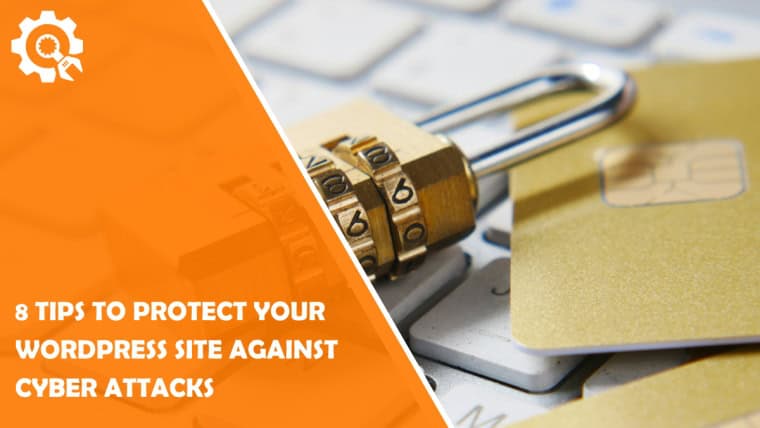Since the internet has turned into a battleground for hackers, it is crucial to ensure your WordPress site is secure against such threats. Given that threats such as malware and brute force attempts are still out there, it is imperative to take measures to protect your site in order to avoid being hacked.
Here are eight key tips to bolster your WordPress site against cyber attacks:
1. Keep Your WordPress Updated
WordPress and many of the themes and plugins that are available often release updates to fix security issues. This means that you have the most up to date security patches in your WordPress core, themes and plugins. Failing to patch can lead to your site being opened to exploits that are already addressed in the updated versions.
How to Update:
- Navigate to your WordPress dashboard.
- Go to Dashboard > Updates.
- Install the available updates for WordPress core, themes, and plugins.
2. Use Strong Passwords and Two-Factor Authentication (2FA)
The first of the measures that can be taken to secure the WordPress site is to use proper passwords. Do not use simple passwords like password123 or admin. One should use a combination of numbers, upper case and lower case letters and symbols.
Two-factor authentication just provides an extra way of confirming the user’s identity. If by some chance or another a person gains your password, he or she will not be able to enter the site without the second check.
How to Implement:
- To implement 2FA follow the instructions given below:
- Go to the plugin and enable 2FA on the login page.
3. Limit Login Attempts
It should also be noted that restricting the number of attempts to enter the password also reduces the risks of brute force attacks. The first type of attack is where the attacker attempts to make several guesses on the username and password until they are correct. By limiting the number of attempts one is allowed to make when logging in, the IPs that are malicious can be banned after a few attempts.
How to Implement:
- There are available plugins that you can install such as Login LockDown or WP Limit Login Attempts.
- Set up the plugin to allow only a certain number of attempts and then block the user.
4. Use a Web Application Firewall (WAF)
A WAF or Web Application Firewall is a security tool that sits in between your website and the incoming traffic. It also prevents the transmission of the unwanted traffic to your website as it first scans and removes it. A WAF can shield your site from many attacks such as the SQL injections, XSS, and other typical threats.
How to Implement:
- Some of the WAF protection services include Cloudflare or Sucuri among other service providers.
- Refer to their setup guides to set up the WAF for your WordPress site.
5. Utilize a VPN for Secure Access
While handling your WordPress site, and especially when you are accessing it in public or unknown networks, using VPN is very important. A VPN can shield your connection and nobody can spy on you or monitor your activities and thus it is advisable to use a VPN when entering your login details on WordPress.
How to Implement:
- Select a reliable VPN provider with high security and no logging policy.
- Use a VPN every time you are accessing the WordPress admin panel, particularly while in the use of public Wi-Fi.
If you’re interested in learning more about VPNs, more info might be very beneficial for enhancing your site’s security.
6. Regularly Back Up Your Site
This is critical in case of a security breach because your site can be restored from the backup. This way, having a recent backup is a great advantage, as it allows recovering data without substantial losses. Make sure that your backups are kept safely and done at the correct time.
How to Implement:
- Use a backup plugin such as UpdraftPlus or BackupBuddy.
- Back up data and set up a time to do it and ensure that it is stored in another location (e. g. cloud storage).
7. Install Security Plugins
Security plugins can be very useful as they can give all round protection by scanning the site for malicious codes, alerting the administrator of any suspicious activities and comes with many other security options. These plugins are developed to increase the level of protection of the site and notify the user in the case of possible threats.
Recommended Plugins:
- Wordfence Security
- Sucuri Security
- iThemes Security
8. Secure Your Hosting Environment
The circumstances in which your hosting is done is also another great determinant of the security of your WordPress site. Selecting a good hosting service provider means your website is safe from such threats and enjoys benefits that come with the service such as auto update, backup and malware scan.
Features to Look For:
- SSL certificates
- Server-level firewalls
- Regular security audits
- Secure FTP (SFTP) access
